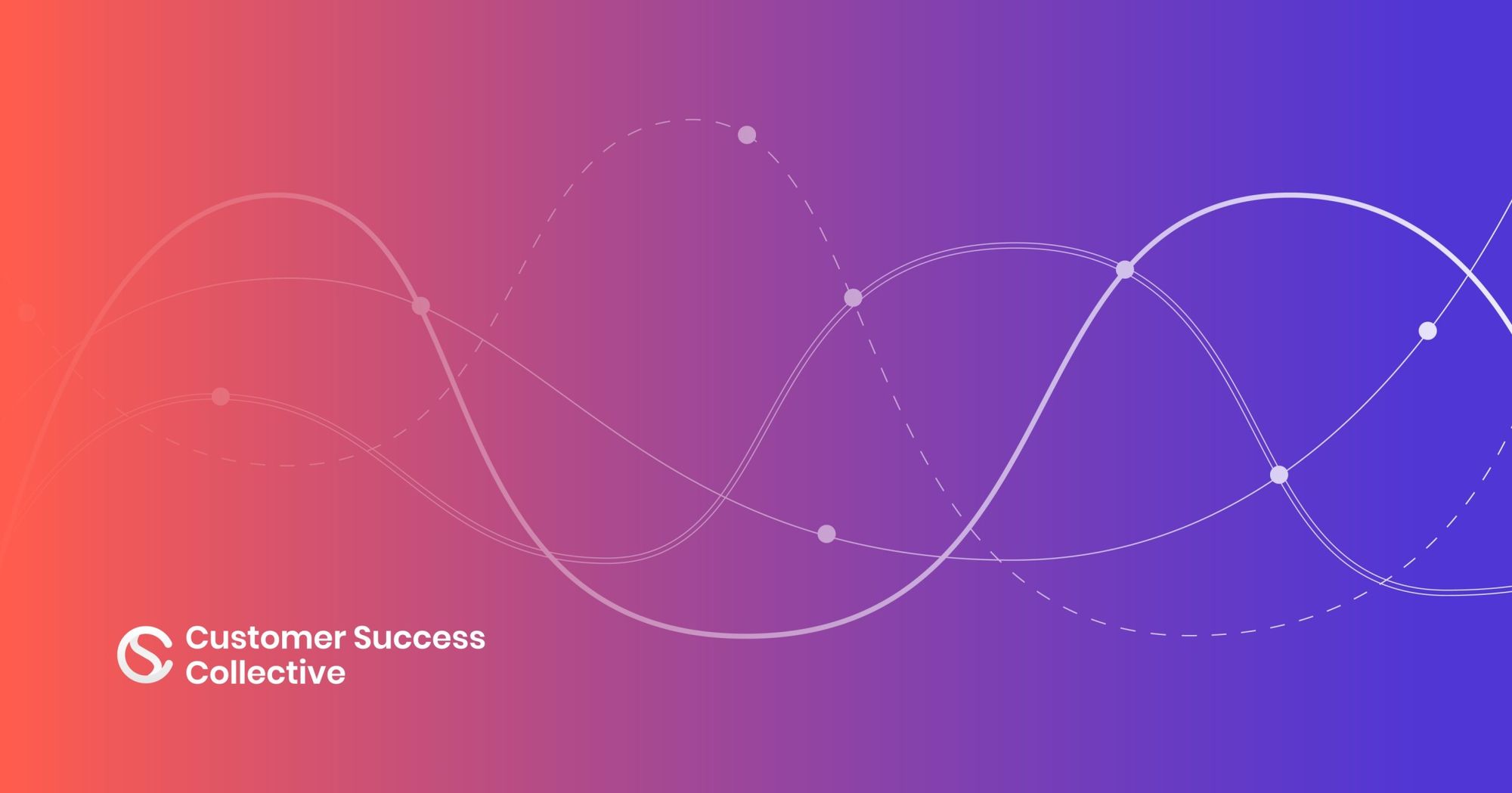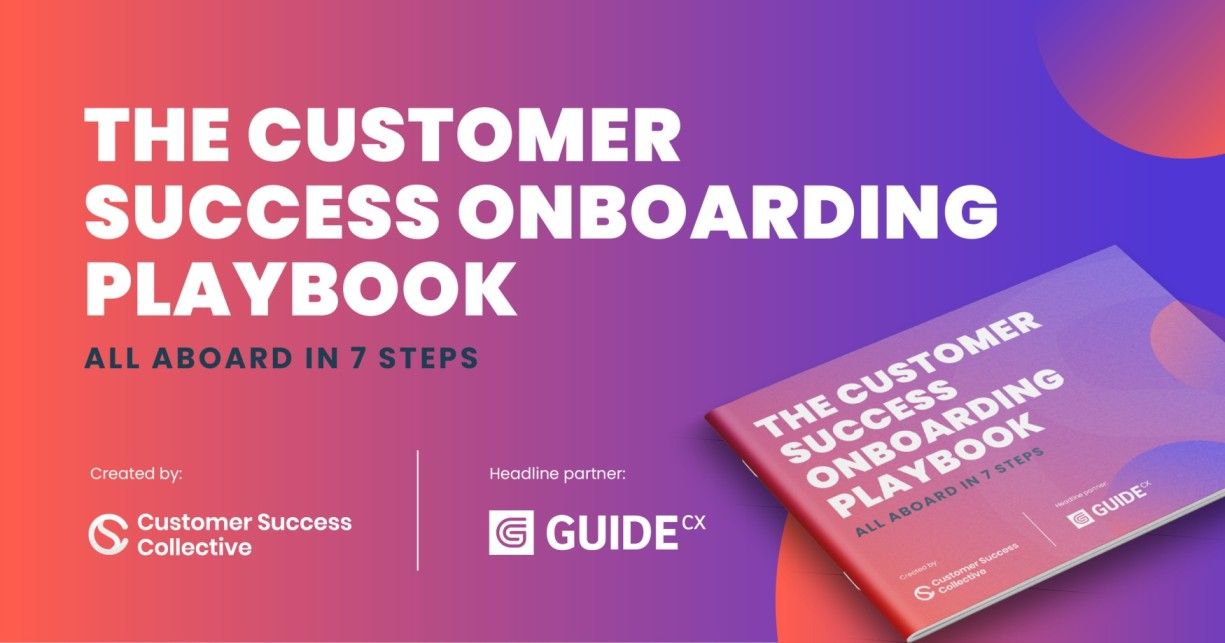When it comes to measuring success for a SaaS company, it’s crucial to look at several different metrics to get a comprehensive understanding of what’s working well and what isn’t. Churn, net revenue retention, and customer retention are just a few valuable metrics to track. But another one to consider is the customer lifetime value (CLV). Knowing your company’s CLV helps you understand current performance and future growth potential.
Customer lifetime value (CLV) can also be abbreviated LTV, CLTV, or LCV, but the idea is the same no matter which name you use. It’s the average revenue your company generates from a customer over the entire time they’re clients.
In other words, it’s the amount of money you could expect to make from a customer before they churn. (Some sources tie “CLV” to an individual customer and “LTV” to an average of all customers, but there is no industry-established distinction.)
Why is CLV an important metric to know? This data can inform a variety of crucial decisions, including acquisition and retention strategies, upselling and cross-selling plans, marketing goals, and investments in customer support.
For example, if you know approximately how much revenue you’ll likely generate from a customer, you can decide how much is appropriate to spend on acquiring that customer. Calculating CLV can also give you the information you need to identify “high-value” customers, so you can focus your retention efforts on them and tailor your marketing strategy to acquire similar customers.

Different ways to calculate customer lifetime value (CLV)
Measuring CLV isn’t as straightforward as you might think. In fact, while 76% of companies agree that tracking CLV is important, only 42% actually know how to calculate it accurately. There are several different approaches and formulas you can use to calculate CLV, and each one works best in certain scenarios.
Simple CLV
The easiest way to calculate customer lifetime value involves looking at averages within your company.

CLV = Customer lifetime value
AvgP = Average annual customer profit
AvgR = Average duration of customer retention
CLV using ARPU
A slightly more complex formula for CLV is based on ARPU: average revenue per user. ARPU describes how much revenue each customer (i.e., paid subscriber) generates over a set time period. ARPU is usually calculated per month or per year. Before you can calculate CLV, you need to measure ARPU:

MoARPU = Monthly average revenue per user
TotMRR = Total monthly recurring revenue
TotU = Total number of active users
Once you have your ARPU number, you can calculate CLV:

CLV = customer lifetime value
ARPU = average revenue per user
% Churn = churn rate
Once you’ve calculated your CLV, you can use it to figure out how well your company is really performing. A higher CLV is better than a lower one, but there aren’t objective standards of “good” or “bad” CLV. It’s more about comparing that CLV to other metrics to determine whether your business is performing well.
Knowing CLV can help you understand the financial impact of retention efforts and determine how much you should spend on customer acquisition. Finally, if you have multiple different products or subscription options, you can calculate the CLV for each one to make sure your pricing aligns with your revenue goals.
8 ways client onboarding improves CLV
How can you raise your CLV? Based on the formula, there are two ways to make the CLV number larger: raise ARPU and reduce churn. In other words, you want to generate as much revenue as possible from the client while also keeping them as a client for as long as possible.
Securing customer loyalty starts on day one — as soon as the sales handoff happens. That’s when your company really makes its first impression, showing the customer that you can deliver on the promises the sales team made.
Many companies fail to understand how quickly the seeds of satisfaction (or dissatisfaction) get planted. But in truth, churn happens earlier than most people think — often within the first two months. Depending on your implementation process, you might be losing customers before onboarding is even complete.
So if you want to improve retention (and therefore, increase CLV), the best place to start is with your onboarding process. Here are several ways that an excellent onboarding experience can improve CLV.

1. Provides an outstanding customer experience
When it comes to retention, customer success is everything. No one is going to stick with a company that treats them poorly or delivers an unsatisfactory experience. Many consumers will leave a company after just a single bad incident.
On the other hand, offering your customers a great experience (especially right away during onboarding) sets the stage for long-term loyalty. When you deliver a fast and engaging onboarding experience, your customers feel valued and look forward to what you’ll show them next.
2. Makes a strong first impression
Technically, it’s your sales team that makes the first impression on a new customer. But consumers are smart — and often skeptical. They know that all the great things they hear from the sales team might not match up exactly to their experience once they sign the contract.
What does that mean? That client onboarding is where your company really makes its first impression. This is where you prove that your products, services, and user experience live up to what your sales team promised.
If implementation goes smoothly and your customers reach go-live quickly, they’ll probably stay with your company for a while. If onboarding is full of miscommunication, frustrations, and tedious tasks, your customer might leave before they even make their first subscription payment, which significantly impacts your average CLV.
3. Initiates communication quickly
A well-designed onboarding process gets you in contact with the customer quickly. And you can use those initial communications (e.g., onboarding emails and kickoff meetings) to get your customers up to speed on your product quickly.
It will still probably take a few weeks to get everything implemented. But if you can get your customers set up with and using your software immediately (even at a basic level), they’ll start seeing value right away. The sooner they can learn to use your product, the more likely they are to integrate it fully into their workflow.
4. Encourages action and engagement
Another aspect of increasing CLV is ensuring that your customers remain engaged and actively use your software on a regular basis. And you can start that trend during onboarding. Bringing your customers into the implementation process is crucial; it helps onboarding go smoothly and gets your clients in the habit of using your product.
How do you increase engagement? Communicate often and make sure the customers have a clear view of the onboarding process from start to finish. Be transparent so they can see progress, and proactively look for ways to address potential problems.
5. Shortens time to initial value
To increase CLV, you want your customers to bring in revenue for as long as possible. But that doesn’t just include the future! The sooner you can start charging a new customer their subscription fee, the higher their CLV will be, no matter how long they stay with your company.
That means you need to get them to go live as soon as possible, which is what happens when you perfect your onboarding process. Shortening that time to initial value doesn’t just increase revenue. It is also beneficial for your customer because it shows them the return on their investment more quickly.
6. Reduces customer churn
A bad onboarding experience is one of the biggest contributors to churn. However, the opposite is also true. Optimizing your onboarding process benefits your team and your customers. An efficient, enjoyable implementation process encourages your clients to stay, especially during those crucial first few weeks.
7. Identifies challenges
The implementation phase also provides an excellent opportunity to identify and address problems. You should be actively gathering feedback from your clients throughout onboarding, and you can use this information to address challenges in the implementation process and the software itself. It helps you make a better product, which can tie directly to retention rates and possibly even allow you to raise your prices, increasing revenue even more.
8. Creates loyal customers
Here’s the bottom line: A good onboarding experience is the foundation of customer loyalty. And loyal customers provide a high lifetime value. All the time, money, and effort you invest in improving your onboarding experience contributes to stronger customer loyalty and a higher CLV.
Focus on onboarding to increase your customer lifetime value (CLV)
Customer lifetime value is a good predictor of potential revenue growth. By comparing CLV to the average amount you spend on customer acquisition, you can ensure your marketing costs are appropriate. And it’s a metric that can also inform how much you spend on customer retention.
Always look for ways to raise your CLV. Improving retention (i.e., reducing churn) increases CLV, so that’s a good place to start. And one of the best ways to improve customer retention is to optimize your onboarding process. When you have an efficient, effective implementation process, you make a good first impression and reduce the time it takes for your customer to enjoy all the benefits of fully integrating your product into their workflow.
How can you improve onboarding efficiency and give your clients the best experience?
Invest in an onboarding solution. GUIDEcx isn’t a one-size-fits-all project management system or CRM; it’s a customized platform created specifically for onboarding. Our platform simplifies communication, improves task management, builds trust, and increases efficiency to deliver an outstanding customer experience that can be the foundation for long-term loyalty.
To learn more about how GUIDEcx can improve your onboarding process and contribute to a higher CLV, book a demo today or sign up for our 30-day free trial.



 Follow us on LinkedIn
Follow us on LinkedIn




